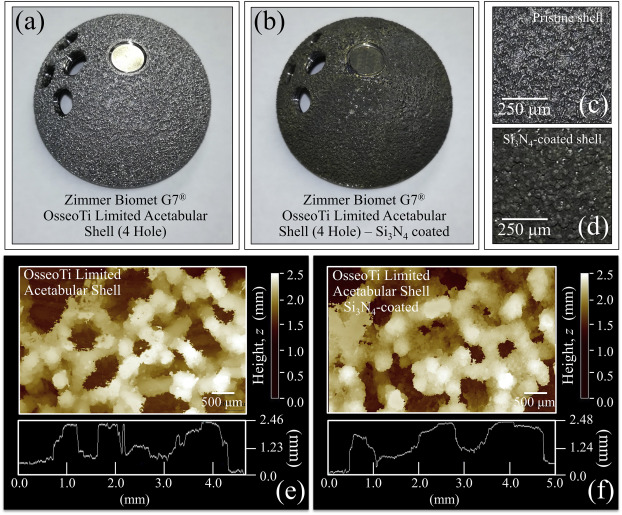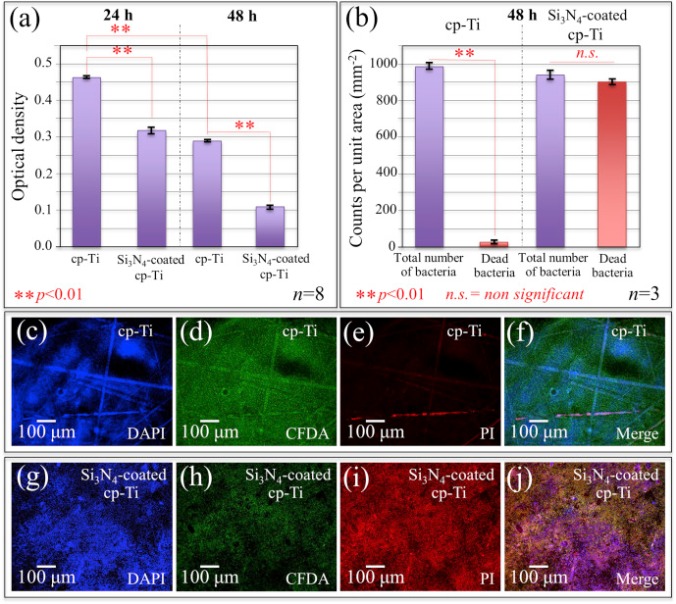Alot has happened since my last post including Amedica selling off its spine sales unit and changing its name to Sintx. Still the underlying thesis still stands with more connections being discovered, the biggest of which is the hire of Senior Research Engineer Dr. Saurabh Lal, PhD.
Saurabh Lal
Senior Research Engineer
Zimmer Biomet
Biological Impact of Silicon Nitride for Orthopaedic Applications: Role of Particle Size, Surface Composition and Donor Variation
Published: 14 June 2018
Irrespective of the particle size, silicon nitride did not cause any adverse responses whereas cobalt-chromium wear particles caused donor-dependent cytotoxicity, TNF-α cytokine release, oxidative stress, and DNA damage in PBMNCs after 24 h. Despite being similar in size and morphology, silicon dioxide nanoparticles caused the release of significantly higher levels of TNF-α compared to silicon nitride nanoparticles, suggesting that surface composition influences the inflammatory response in PBMNCs. Ti-6Al-4V wear particles also released significantly elevated levels of TNF-α cytokine in one of the donors. This study demonstrated that silicon nitride is an attractive orthopaedic biomaterial due to its minimal biological impact on human PBMNCs.
Dr. Lal has many publications pertaining to Silicon Nitride and the use of it as a coating on metals. This was done while Dr. Lal was working on the LifeLongJoints project in the EU. Zimmer has hired several Research Engineers with experience working with Ceramics, antibacterial materials, porous ceramics, and even a microbiologist whom is part of the anti-infection technologies team in Swindon, UK. Dr. Lal also works at the Swindon location and he maybe part of the anti-infection team. There are several personnel hired since 2018 working in Swindon with specific talents that align with working with Silicon Nitride. I have profiled this elsewhere over the last 2 years.
On a slightly different note, Zimmer hired in 2018, an individual that worked with Dr. Ball and Dr. Pezzotti as a research assistant. The project encompassed infusing Silicon Nitride into PEEK to increase its ostoeconductivity and ability to resist bacteria. Last checked, she worked for Zimmer Biomet as a Supply Chain Specialist in Italy.
Lastly, before switching over to Sintx Technologies, formerly Amedica, there was several postings that Zimmer Biomet posted on Linkedin in 2018:
Research Sr Engineer II (607126)
inApply with LinkedIn®
|more
Requisition NumberAMER12944
Employment TypeFull-time
LocationWarsaw
Job Summary
Provides advanced technical support towards the accomplishment of research and product development team objectives. Incumbent will be responsible for several research and testing projects relating to the thermomechanical processing of metals and ceramics
One example of thermomechanical processing of metals and ceramics is Selective Laser Sintering.
While this was happening over at Zimmer, Sintx has been studying their tech in combination with what was Biomet’s tech before the merger in 2015. For example, there was this in 2017:
completed a five million cycle (Mc) comparative hip simulator study examining the wear behavior of an advanced highly cross-linked and vitamin E stabilized polyethylene (E1® Zimmer-Biomet, Warsaw, IN, USA) against two different types of ceramic femoral heads — MC2®silicon nitride (Amedica Corporation, Salt Lake City, UT, USA) and BIOLOX®delta (CeramTec, Plochingen, Germany).
Amedica Announces Results of Independent Femoral Head Wear Testing
In 2019, Sintx was awarded a patent which also referenced testing MC articulating against Stryker’s X3 liner & Biomet’s E1 liner. This sort of testing is not abnormal, but what does seem out of place was this:
Although a direct comparison between the two types of UHMWPE liners (i.e., X3 v. E1®) has yet to be made, it appears that the amount of surface oxidation associated with the E1® liners was about one order of magnitude lower than the X3 in spite of the fact that the E1® liners had ~10 times the number of testing cycles. Nevertheless, an increase in the oxidation index for the E1® liners coupled to ZTA heads was a tangible result of this Example. With 5 million cycles being kinematically equivalent to about 2.5 years in vivo , it appears that addition of vitamin-E does not completely eliminate liner oxidation in artificial hip joints coupled to oxide ceramics.
It is not odd to state one product seemed superior than another, but unless you have an interest in the product, it seems odd to go into details how liner is superior than another. Especially considering that Zimmer Biomet donated said liner in a previous test.
The patent shows that Sintx MC2 is superior articulating against both liners because of its ability to scavenge oxygen from the liner while Biolox releases oxygen into the liner enhancing degradation. Still, MC2 articulating against E1 was even better as E1 liners resist oxidation.
So far, we have seen Sintx testing its femoral head against a donated Zimmer-Biomet Vitamin-E liner. However, the testing of Sintx IP and ZB IP doesnt stop there. Below is a paper Sintx published showing Si3N4 coated G7 acetabular shell. Sure, its a commercially available shell but why choose a shell that E1 liners are FDA cleared to be used with? All thats needed is to apply this same coating to the femoral stem, which according to their twitter feed they did do.
Our team even coated an entire prosthetic hip implant with silicon nitride, and as shown in the paper, the coated implant repelled bacteria. This #breakthrough technology widens the application of silicon nitride onto other material platforms.


SiNTx Technologies, moving beyond Orthopeadics
As i posted earlier, Sintx Technologies was Amedica Corporation. The name change was the result of selling off the Spine sales Unit. This sale involved selling off the old Valeo brand but did not include their core IP, Silicon Nitride. The other reason for name change was rebranding to reflect a fundamental shift in scope of IP. No longer was Amedica’s Si3N4 restricted to just orthopedic applications. No Sintx Si3N4 has been found to be one of the strongest formulation of Si3N4 on the market. This has opened up new markets in Aerospace, Defense, automotive, & even engery conversion technology. These markets are also opening up for Sintx because they are working on a formulation higher thermal resistance than whats currently on market.
As if this wasnt enough, Dr. Pezzotti also found that Sintx Si3N4 is effective against viruses and fungi. This is in addition to the fact that Sintx Si3N4 is also antibacterial making it a truly antimicrobial material. This discovery opens new markets in medical supplies, filtration, pharmacology, and even agriculture. I’ll add more to this in the future.